- This event has passed.
Iris Kesternich (KU Leuven) – "Entry decisions and asymmetric competition between non-profit and for-profit homes in the long-term care market"
Microeconomics Seminar :
Time: 12:15pm – 1:30pm
Date: 9th June 2021
Room: VISIO
Iris Kesternich (KU Leuven) – “Entry decisions and asymmetric competition between non-profit and for-profit homes in the long-term care market”
Abstract: Mostly due to population aging, the demand for long-term care (LTC) services is growing strongly. Historically, non-profit nursing homes dominated the German LTC market, but the recent entry wave was tilted towards for-profit competitors. Using a rich administrative dataset on all LTC facilities in Germany, we examine strategic interaction between these two ownership types in a static entry model. The estimates of competitive effects imply that non-profit and for-profit homes are substitutes, but competition is much stronger within-type, suggesting that they provide differentiated products. For-profit homes, in particular, act as if they operate in a different market segment, but over time their entry behavior has converged to that of the more established non-profits. Counterfactual simulations of proposed changes in government policy suggest a large impact on the fraction of markets that remain unserved or only served by a single type. Joint work with Iris Grant and Johannes Van Biesebroeck.
Roxana Fernandez Machado (CREST), Julien Combe (CREST), and Matias Nunez (CREST)
Sponsors:
CREST
Microeconomics Seminar :
Time: 12:15pm – 1:30pm
Date: 9th June 2021
Room: VISIO
Iris Kesternich (KU Leuven) – “Entry decisions and asymmetric competition between non-profit and for-profit homes in the long-term care market”
Abstract: Mostly due to population aging, the demand for long-term care (LTC) services is growing strongly. Historically, non-profit nursing homes dominated the German LTC market, but the recent entry wave was tilted towards for-profit competitors. Using a rich administrative dataset on all LTC facilities in Germany, we examine strategic interaction between these two ownership types in a static entry model. The estimates of competitive effects imply that non-profit and for-profit homes are substitutes, but competition is much stronger within-type, suggesting that they provide differentiated products. For-profit homes, in particular, act as if they operate in a different market segment, but over time their entry behavior has converged to that of the more established non-profits. Counterfactual simulations of proposed changes in government policy suggest a large impact on the fraction of markets that remain unserved or only served by a single type. Joint work with Iris Grant and Johannes Van Biesebroeck.
Roxana Fernandez Machado (CREST), Julien Combe (CREST), and Matias Nunez (CREST)
Sponsors:
CREST
